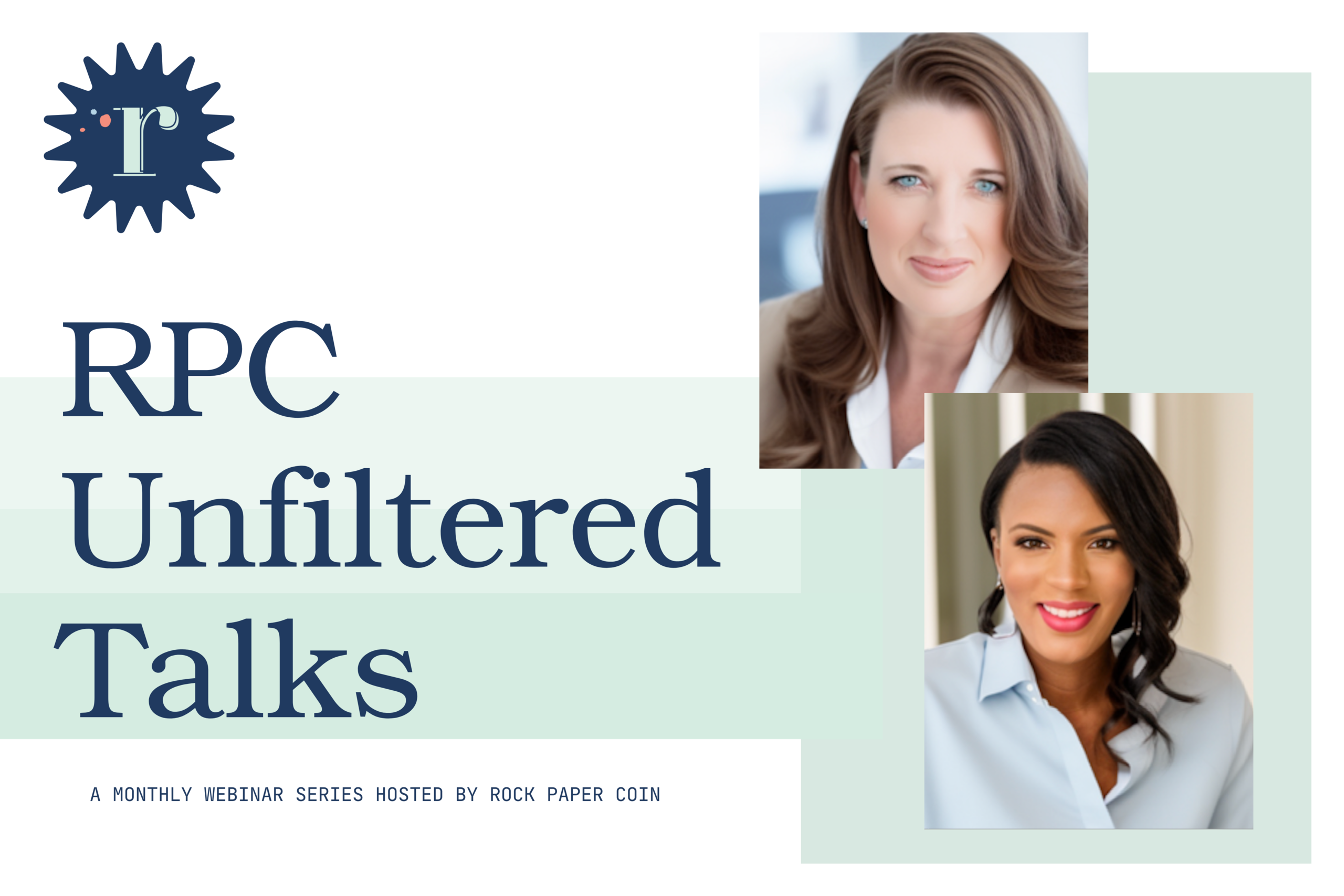When it comes to one of the hottest topics in the wedding industry (or any small business-related industry), it’s pricing. Because there isn’t a tried-and-true way to approach it, and you need to consider a lot of things before landing on a number. But just because there isn’t a one-size-fits-all approach to pricing your services, there are strategies to use as a jumping-off point. And one of the most interesting strategies (in our humble opinion) is to understand pricing psychology. What is pricing psychology? What are examples of it? How can you use what you learn to price your services? Keep reading to find out!
Why should you care about pricing psychology?

Pricing psychology is the study of consumer behaviors when it comes to figuring out how much people are willing to pay for something. And, in the context of how you can think about it, it’s how you think about pricing your services in a way that doesn’t scare potential clients off—rather it makes a good first impression that they are getting a lot of value out of their purchase.
Understanding pricing psychology helps you understand what motivates your potential clients: why they choose certain services over others and how they perceive different price points. And as a small business owner, it’s important to understand pricing psychology because it can help you set prices that increase the likelihood someone buys from or books you (especially when we are talking about when potential clients are perusing your website and haven’t actually talked to you yet).
Pro-tip: If you haven’t read this popular piece about whether you should put pricing on your website, definitely read it next!
Types of psychological pricing
We mentioned there are different strategies you can consider, and when it comes to psychological pricing, there are 6 types you should be familiar with. Here is a rundown of each.
Anchoring
One of the most common examples of pricing psychology is the idea of “anchoring” or setting an initial price point that people will compare all other prices to. And as a wedding business owner, this is the one most people focus on (even if they don’t know it by name). Because when it comes to deciding whether or not you are going to put pricing on your website, many pros see this anchoring as a pro and a con.
Price Endings
Another thing to do is think about how you end your pricing in order to appear more attractive. For example, when given a choice between a product that costs $19 and one that costs $20, consumers are more likely to choose the $19 option because it is less than a perceived barrier (even though it is very small).
Bundling
Bundling is when you package multiple services together at a discounted rate in order to drive more sales and increase customer satisfaction. This strategy encourages people to buy more, while also making them feel like they’re getting a good deal (which can be especially important during the wedding planning process). Though, we will say this is not something every wedding business owner needs to consider.
Discounts or time restraints
Offering discounts or putting time constraints on something can be an effective way to incentivize people to purchase. Not only do discounts make people feel like they’re getting a deal, but it also increases their perception of value and encourages them to take action. Plus, time constraints increase the sense of urgency and help you get people to commit faster.
Loss aversion
Loss aversion is the idea that people are more likely to take action if they feel like they’re missing out on something, rather than gaining something. This can be used in the context of pricing psychology by offering limited-time discounts or deals in order to get people to take advantage of them before it’s too late. (This is similar to time constraints but not exactly the same).
Perceived value
This is the idea that people will pay more for something if they perceive it to be of higher value. This could mean offering packages with a variety of services or setting different tiers for different budgets. The goal here is to give potential customers the perception that they are getting the absolute most they can out of their investment.
How to price your services
Now that you have a better understanding of pricing psychology and the different types of strategies you can use, it’s high time we started talking about how this can all apply to your wedding business. The key here is to remember that potential clients are looking for value, not just price. They want services that are going to make their wedding day special and memorable. So, it’s up to you to make sure your pricing reflects that and that you have done a great job of communicating your value in your marketing materials, website copy, sales PDFs, and consultation notes.
When deciding how to price your services, you’ll want to start by looking at what it costs for you to run your business because this is the first thing your pricing must cover in order to be profitable. And when we say, “what it costs for you to run your business,” we mean everything. What do you spend to keep the lights on? Add it all up so you know your operating costs. The next thing you want to do is think about how much money you want and need to make as a salary. Add that to your operating costs. Lastly, you’ll want to think about how many weddings you want to book during a 1-year period—take your total expense number and divide it by the number of weddings you want to book and you’ll have a base understanding of what you need to charge for each wedding.
The next step is to make sure that number is in line with the value of your services as well as what your ideal couples will pay. And this is where your experience, brand, marketing, ideal client type, etc. all come into play. In the end, you can use a combination of the psychological pricing strategies we covered to come up with both your pricing and approach to marketing and sales.
The team here at Rock Paper Coin works hard every day to make sure you have easy-to-use tools that help you book clients! If you’re looking for a great way to send proposals, contracts, and invoices to each of your couples, be sure to start your 30-day free trial with us!



